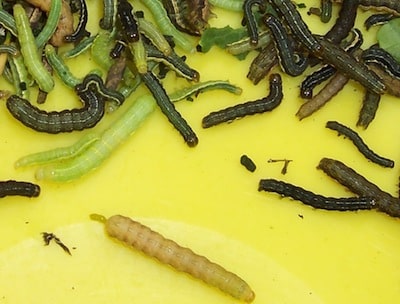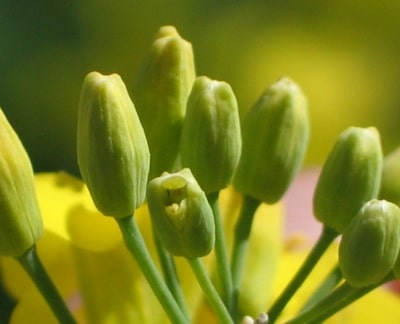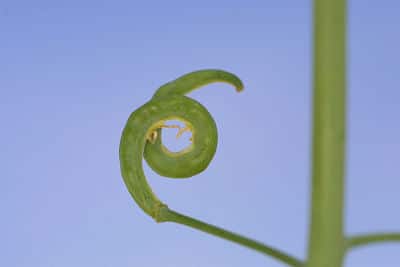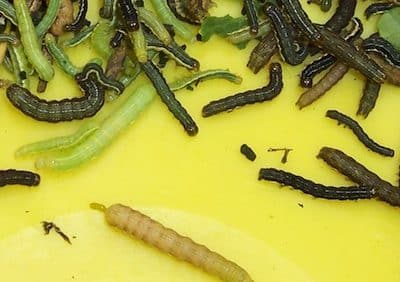
Bertha armyworm moth populations continue to rise, with more areas at moderate to high risk. Scouting needs to start this week for the larvae. Check now for feeding on leaves, an early warning sign. Spraying is more likely to pay off when bertha armyworms climb up and start feeding on pods, but watching lower in the canopy will help tell you when they’re coming and how quickly. Leaf drop signals berthas to move up to the pods. By then they’re big enough to do some damage.
Listen to CCC agronomy specialist Keith Gabert’s bertha armyworm podcast.
Saskatchewan map
Alberta map
Manitoba’s latest counts


Thrips cause curled or twisted pods on canola. While scouting you may see damage as shown in the photos above. Thrips are not usually a big deal and economic levels of damage are very rare. Adult thrips are very small (adults 1 mm in length) and require a specialized entomologist to accurately identify. When scouting during flowering, you may see small specks moving around. Those could be thrips.
Pod feeding by flea beetles. Flea beetles are not usually a problem after the 4-leaf stage, but some areas of Manitoba have had flea beetles feeding all season long. No thresholds are established, but if flea beetles are feeding on pods at levels that could realistically threaten yield, a spray may be necessary.
Lygus numbers in some areas are just now getting to the stage where spraying could make sense. Thresholds are based on feeding at late flowering through podding, which is the most vulnerable time for canola.
Grasshoppers. If grasshoppers jump around with every step you take, and seem to be general throughout the field, numbers are probably at the threshold of 8-12 per square metre. If there is less crop than there was the last time you checked, and the problem appears to be grasshopper feeding, spraying may be warranted.

